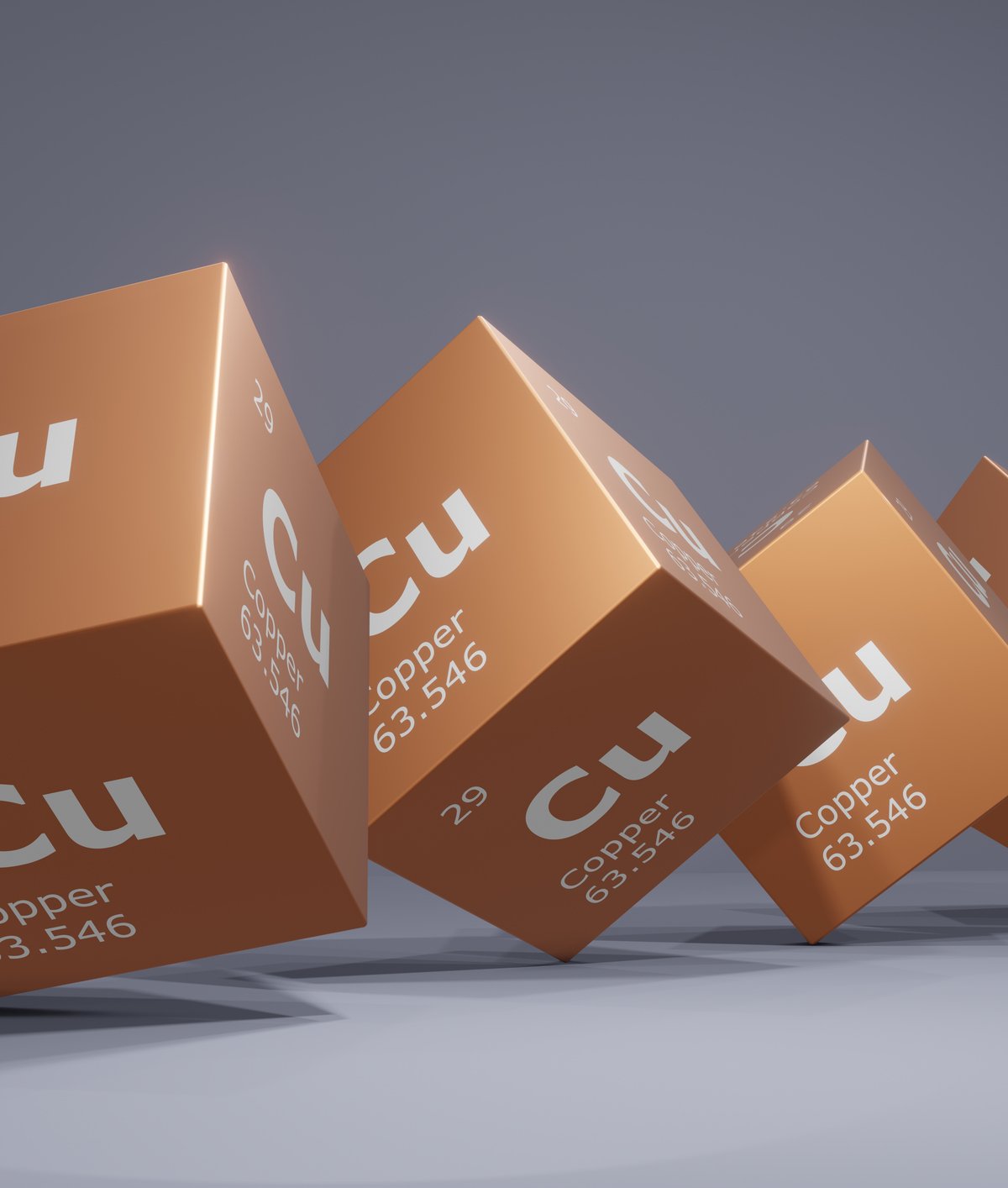There are different types of metals with magnetic properties. but copper is not one of them. A clear example of this is the magnets that stick to the refrigerator door and are attracted to the ferromagnetic metal. But scientists have long known that although copper is nonmagnetic, it reacts in unusual ways when close to a moving magnet.
In 1935, Indian scientist S. Ramachandra Rao published: A work describing various experiments on the effect of magnetism on copper. But researchers were investigating the relationship between these materials long before that.
While this metal was already known to exhibit unusual behavior near magnets, science is now understanding the reason behind this property in more detail.
If you have the necessary materials and want to do the experiment at home: Take a piece of copper and a refrigerator magnet and put their surfaces together. The result will be simple: nothing will happen.
It is important to understand this, Although the metal is not ferromagnetic, it has magnetic properties like all elements in nature.. Iron, cobalt and nickel are the most common materials that show a strong attraction to magnetic fields.
As a message to the website Live ScienceMichael Coey, professor of physics at Trinity College Dublin in Ireland, notes that most elements have paramagnetic or diamagnetic properties. In this case, copper is classified as diamagnetic.
“With paramagnets, when you apply a magnetic field, you get a very small magnetization in the direction of the field. With diamagnets, when you apply a magnetic field, you get an even smaller magnetization in the opposite direction of the field,” Coey said. in question.
Copper and magnets: a strange relationship
We already know that these materials have a unique interaction, but what exactly is the reaction of a magnet next to a piece of copper? Firstly, As the moving magnet approaches the copper, it begins to slow down and appears to rise above its surface.
The magnet doesn’t actually levitate; The impression of levitation is created due to the slow movement of the copper as it moves on it. This effect is caused by a phenomenon called eddy currents. It is worth noting that this apparent levitation only occurs when the magnet is in motion; This does not happen when it is standing still on copper.
Since copper’s electrical resistance is low compared to other metals, it is a good conductor. When the magnet approaches, electric currents are induced, creating a magnetic field that opposes the motion of the magnet. The reaction causes the moving magnet to slow down, creating the impression of levitation.
The reaction also follows the phenomenon described by Lenz’s Law, which deals with magnetic induction. This law, proposed by German physicist Heinrich Lenz in 1834, explains that current induced in a conductor creates a magnetic field opposing the field that produces it. In this case, copper acts as a conductor and the magnet is responsible for inducing the current.
Anyway, This effect is the phenomenon of induction of electric currents in a conductive metal that does not have ferromagnetic properties.This may also raise suspicion. But once it’s explained, this incident doesn’t seem so strange anymore.
“All substances exhibit magnetic properties when placed in an external magnetic field. Even materials such as copper and aluminum, which are not normally considered to have magnetic properties, are affected by the presence of the magnetic field produced by both poles of the magnet.
Do you have any questions? Tell us about social media! Take the opportunity to understand why you shouldn’t use magnets to search for meteorites. Until next time!
Source: Tec Mundo
I’m Blaine Morgan, an experienced journalist and writer with over 8 years of experience in the tech industry. My expertise lies in writing about technology news and trends, covering everything from cutting-edge gadgets to emerging software developments. I’ve written for several leading publications including Gadget Onus where I am an author.













